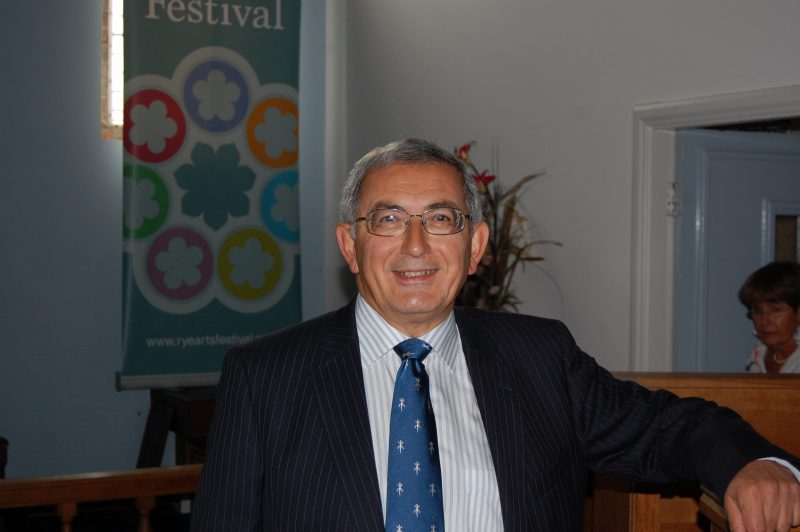As part of the Rye Arts Festival, local resident Dr Andrew Bamji gave a fascinating account last Tuesday about the development of facial reconstructive surgery during the First World War. He first warned his audience that anyone of a nervous disposition should avoid looking at some of the slides he was about to present.
His interest in the subject started after he took up an appointment as rheumatology consultant to Queen Mary’s Hospital, Sidcup, a post he held for 28 years, before he retired. He had been volunteered to oversee the hospital’s extensive archive, consisting of 2500 sets of case notes relating to facially-disfigured soldiers, who had fought in the British, Australian, New Zealand and Canadian armies in Europe. All had suffered in the terrible carnage in the trenches and on the fields of Flanders, but had been lucky enough to get sent home within seven days from the Western Front before they died of their wounds, as mostly happened in the early years of the war.
The first hospital on the site, Queen’s Hospital, was built by public subscription in 1917 within six months of a public appeal being launched. As a military hospital it held 1000 beds, including adjacent convalescent units and was light and airy. The concentration of interdependent medical disciplines and resources in the one place drove the development of the new techniques of plastic surgery.
Dr Bamji told of the individuals who had campaigned for this innovative treatment, and their systematic building of knowledge through meticulous recording of case notes with drawings, paintings, photographs and plastercasts of individual cases. He painted a human picture of the surgeons’ successes and failures, freely admitted, which might not be the case today in our litigious society.
He described the then prevailing ethos as one of collaboration at all levels, in which the patients fully participated. They received psychological and practical support, with rehabilitation activities and recreational facilities during convalescence. Their subsequent civilian life experiences were monitored and it was found that many went on to enjoy active and happy lives.
This was an inspiring story, well told. Dr Bamji’s book, Faces from the Front, newly published, is on sale price £29.95, or just £25 from the Rye Bookshop while stocks last.
Photo: Kenneth Bird




Thank you Kenneth – but the book is priced at £29.95 not £39! It is on offer at Rye Bookshop at £25 while stocks last.